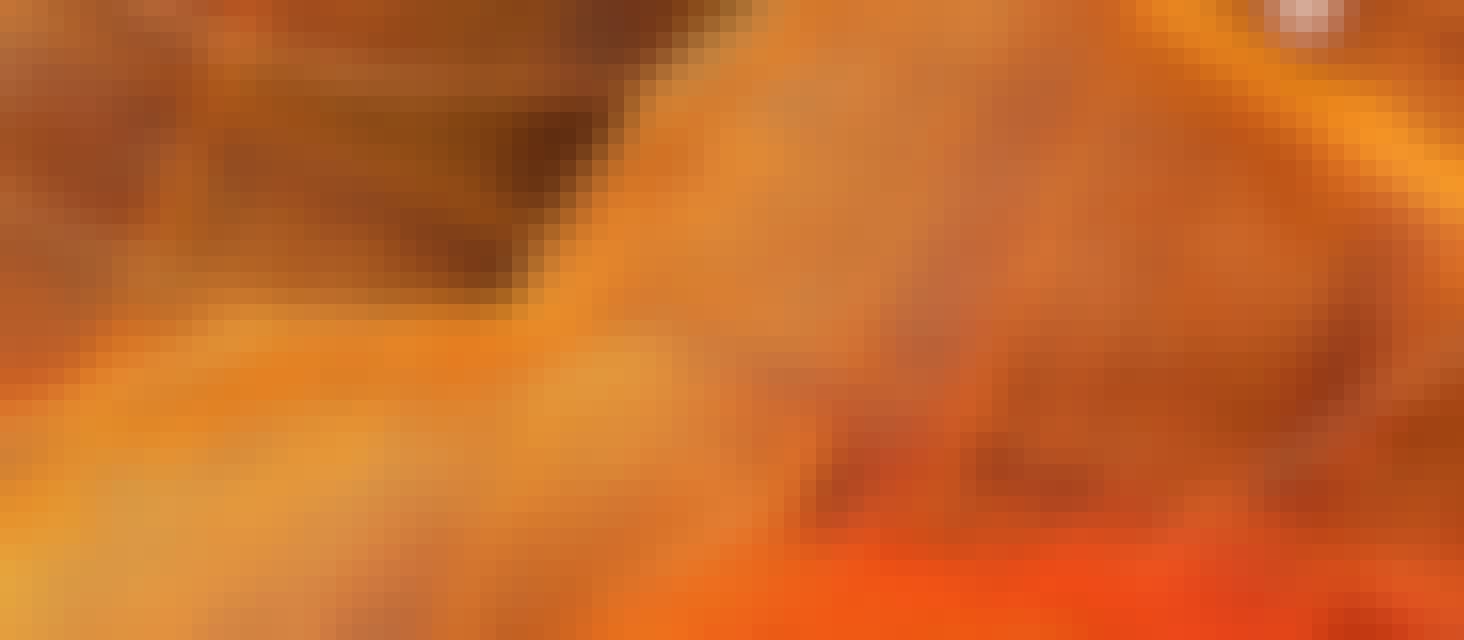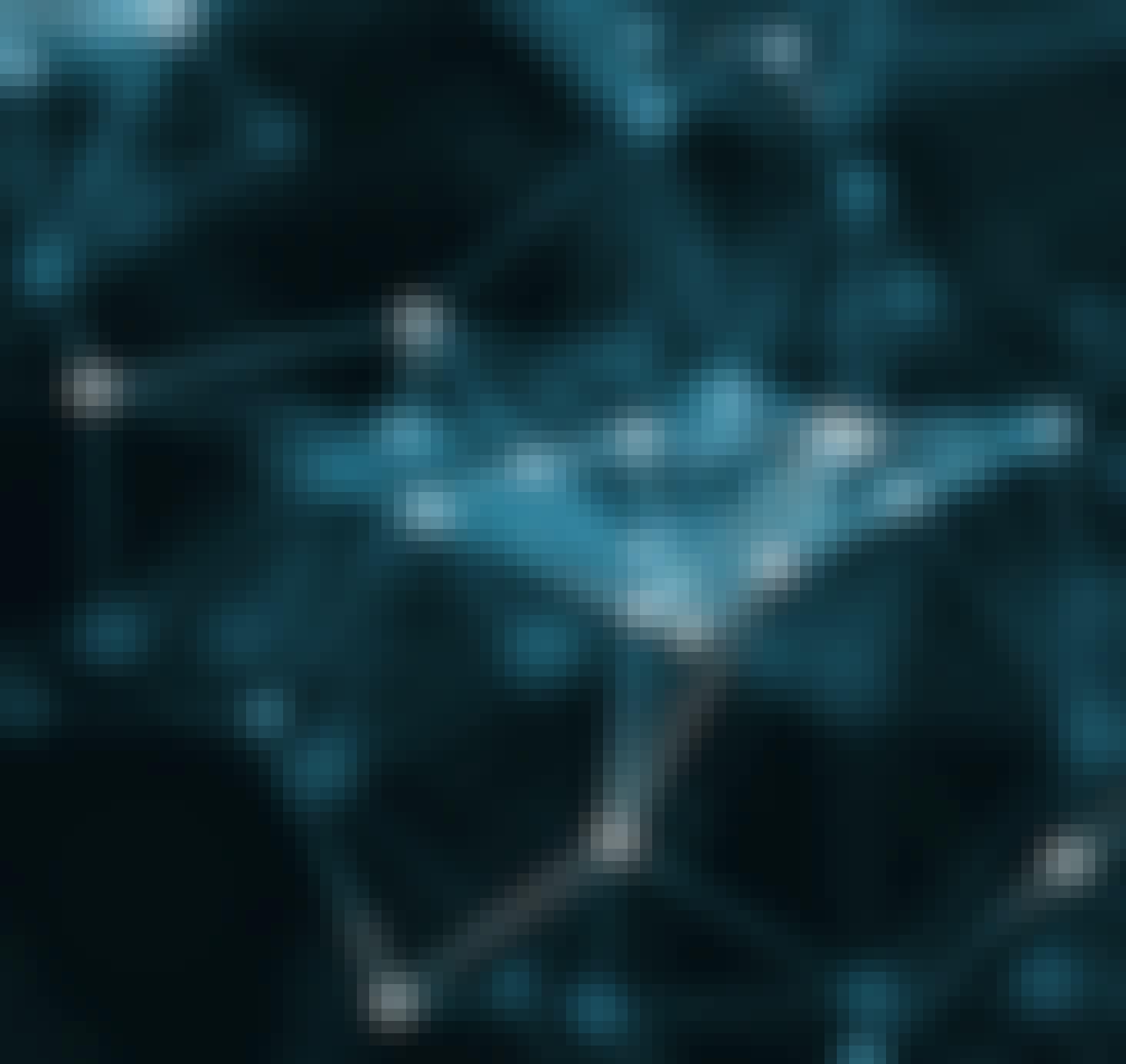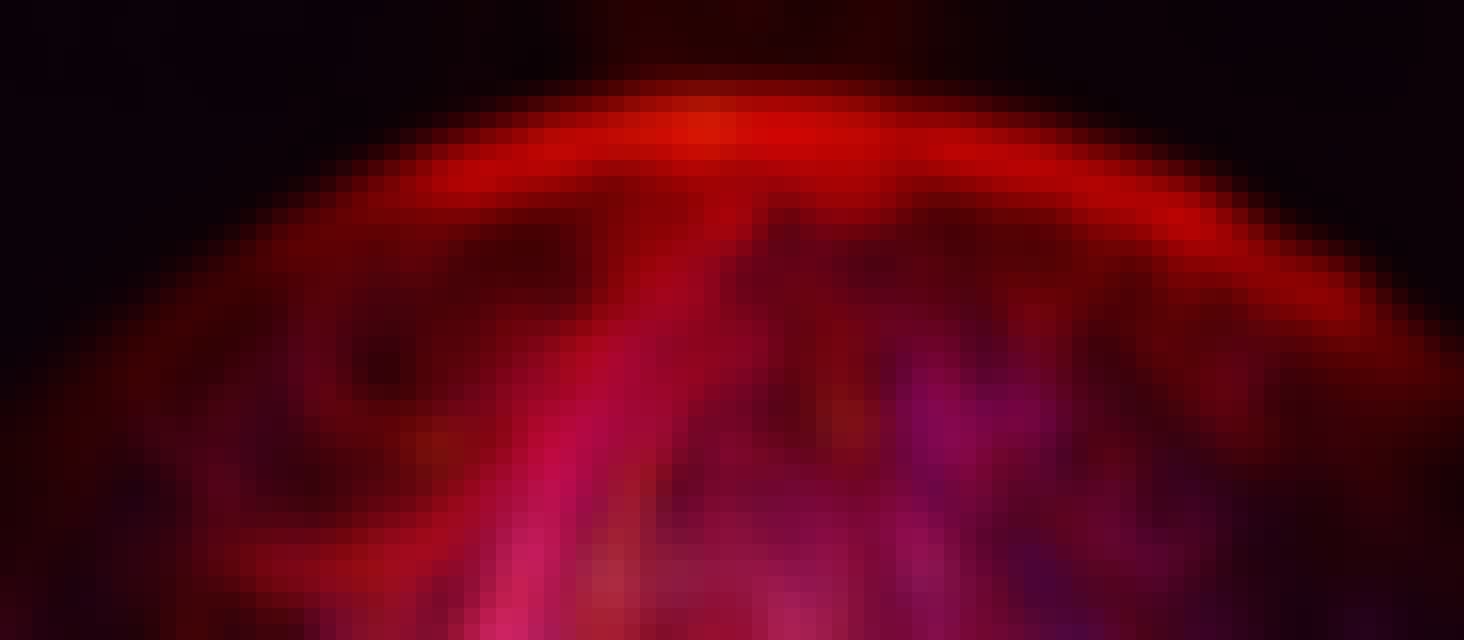Filter by
The language used throughout the course, in both instruction and assessments.
Results for "modern+robotics,+course+1:++foundations+of+robot+motion"
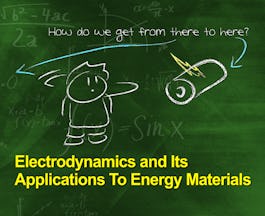
Korea Advanced Institute of Science and Technology(KAIST)
Skills you'll gain: Problem Solving, Differential Equations, Mathematical Theory & Analysis, Applied Mathematics, Algebra, Critical Thinking, Spatial Analysis
 Status: Free
Status: FreeCoursera Instructor Network
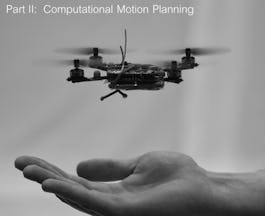
University of Pennsylvania
Skills you'll gain: Graph Theory, Computational Thinking, Problem Solving, Matlab
 Status: Free
Status: FreeÉcole Polytechnique
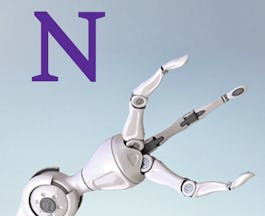 Status: Free
Status: FreeNorthwestern University
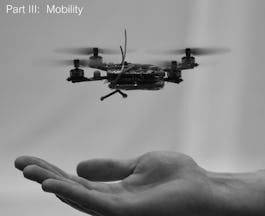
University of Pennsylvania
Skills you'll gain: Differential Equations, Material Handling
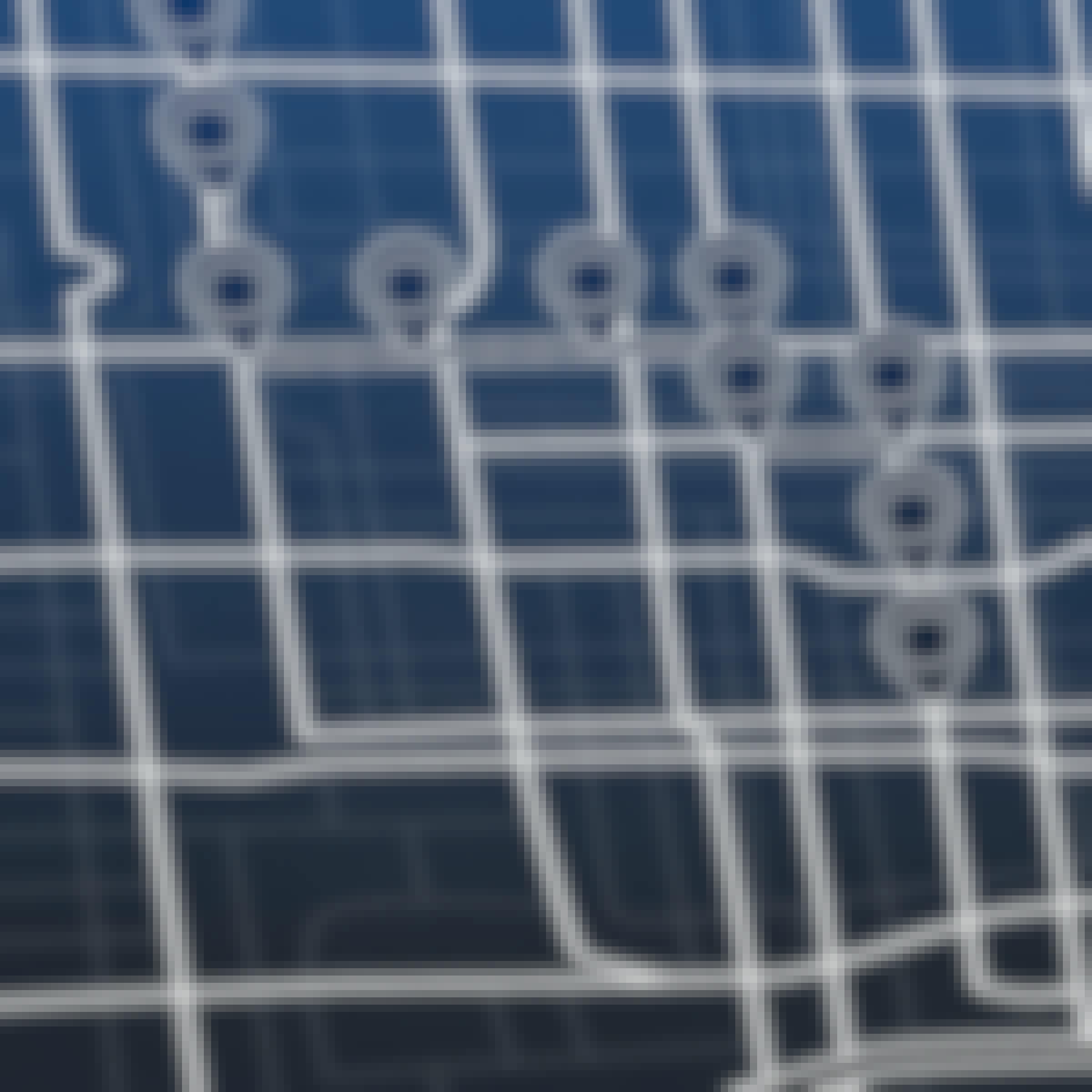
University of Toronto
Skills you'll gain: Algorithms, Theoretical Computer Science, Machine Learning, Applied Machine Learning, Computer Programming, Planning
 Status: Free
Status: FreeÉcole Polytechnique Fédérale de Lausanne
Skills you'll gain: Mathematics

LearnQuest
Skills you'll gain: Computer Architecture, Computer Programming, Algorithms, Computational Thinking, Theoretical Computer Science

Università di Napoli Federico II
Skills you'll gain: Business Intelligence
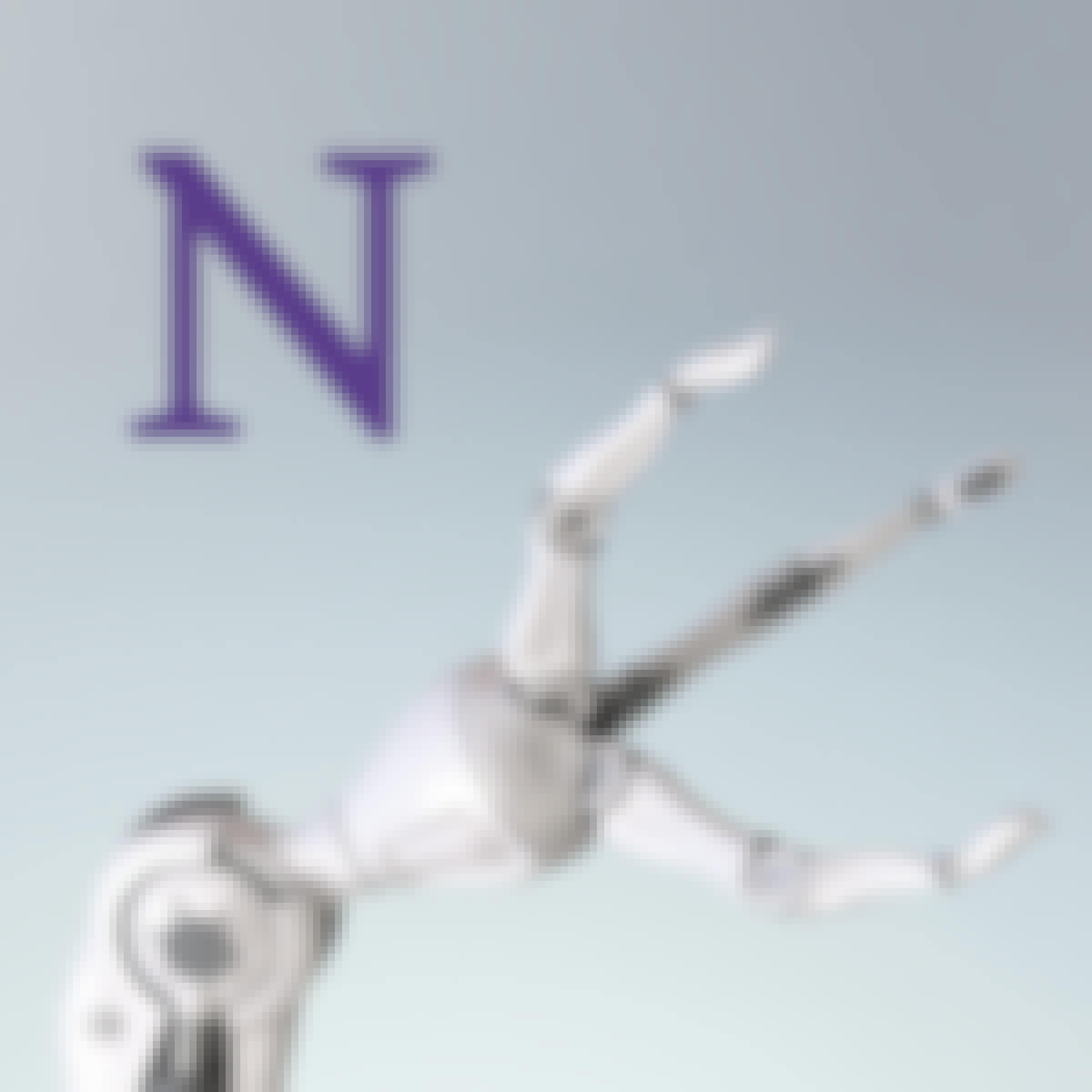 Status: Free
Status: FreeNorthwestern University

Skills you'll gain: Computer Vision
Searches related to modern+robotics,+course+1:++foundations+of+robot+motion
In summary, here are 10 of our most popular modern+robotics,+course+1:++foundations+of+robot+motion courses
- Electrodynamics: An Introduction: Korea Advanced Institute of Science and Technology(KAIST)
- Lean Manufacturing & Robotics for Flexible Systems: Coursera Instructor Network
- Robotics: Computational Motion Planning: University of Pennsylvania
- Fundamentals of waves and vibrations: École Polytechnique
- 현대 로봇공학, 강좌 2: 로봇 기구학: Northwestern University
- Robotics: Mobility: University of Pennsylvania
- Motion Planning for Self-Driving Cars: University of Toronto
- Mécanique de Newton: École Polytechnique Fédérale de Lausanne
- Foundations of Computer Science: LearnQuest
- Autonomous Aerospace Systems: Università di Napoli Federico II


